Terrifying! When solar storm slammed into Earth and made magnetic field explode; LISTEN
The sound of Earth's magnetic field after a solar storm strike is really scary. The European Space Agency has released the same. Listen now.
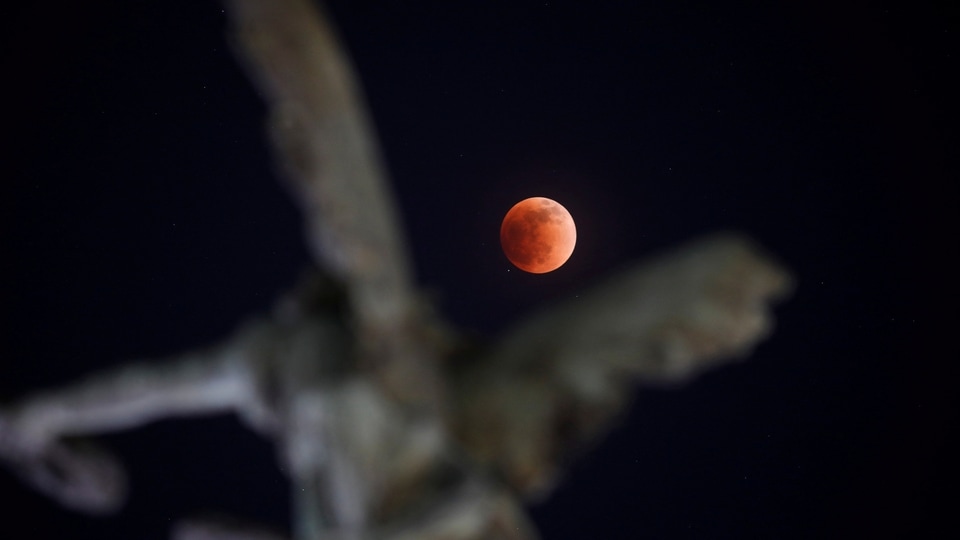
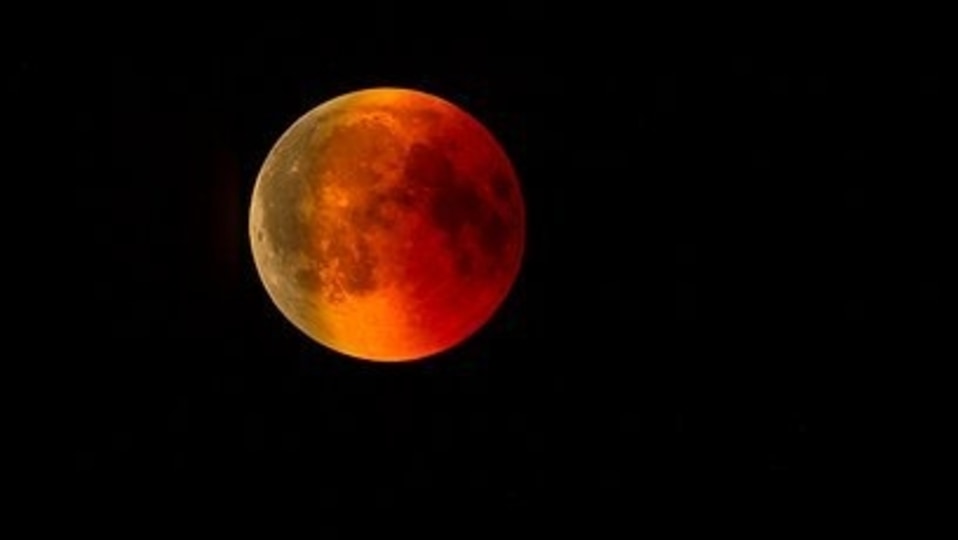
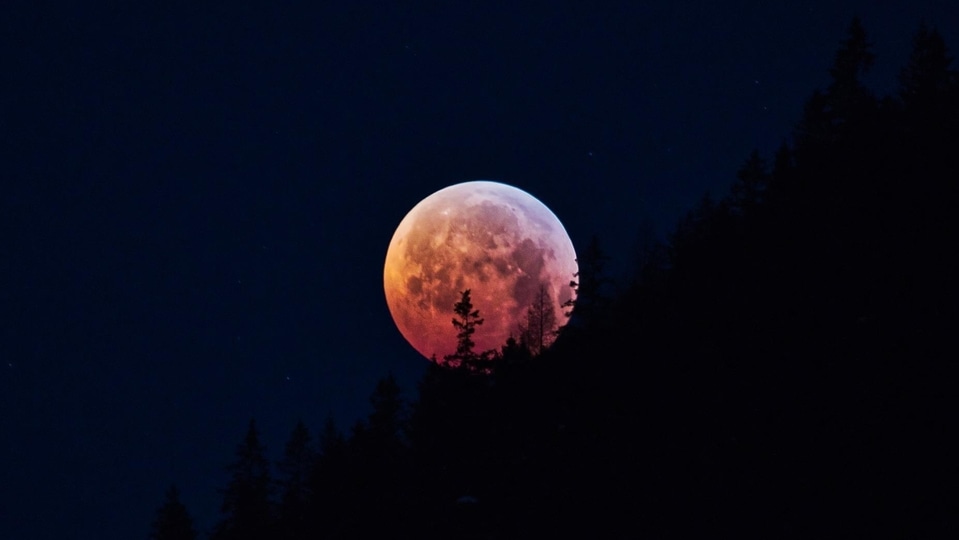
_1651891018983_1651891041408.jpg)
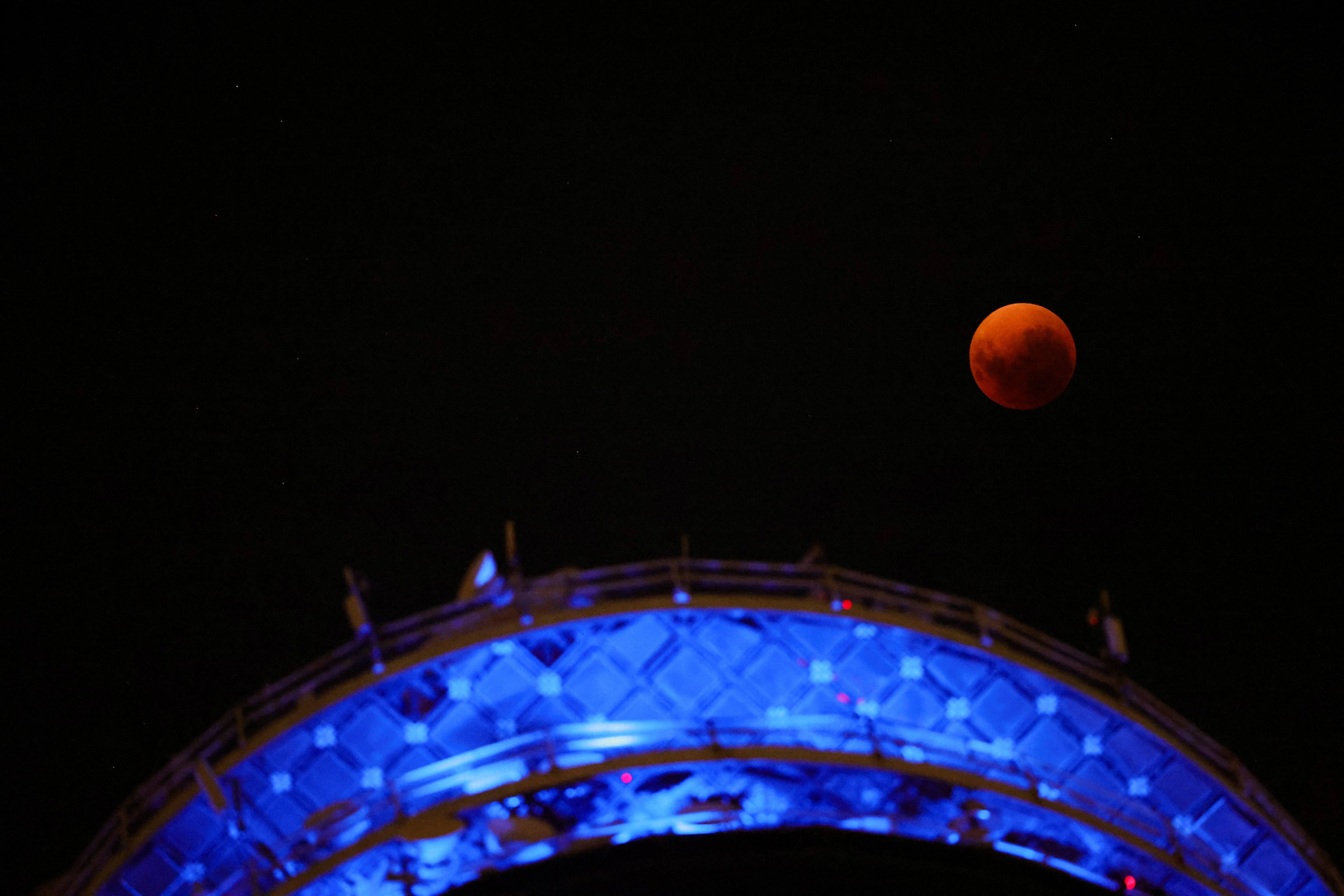
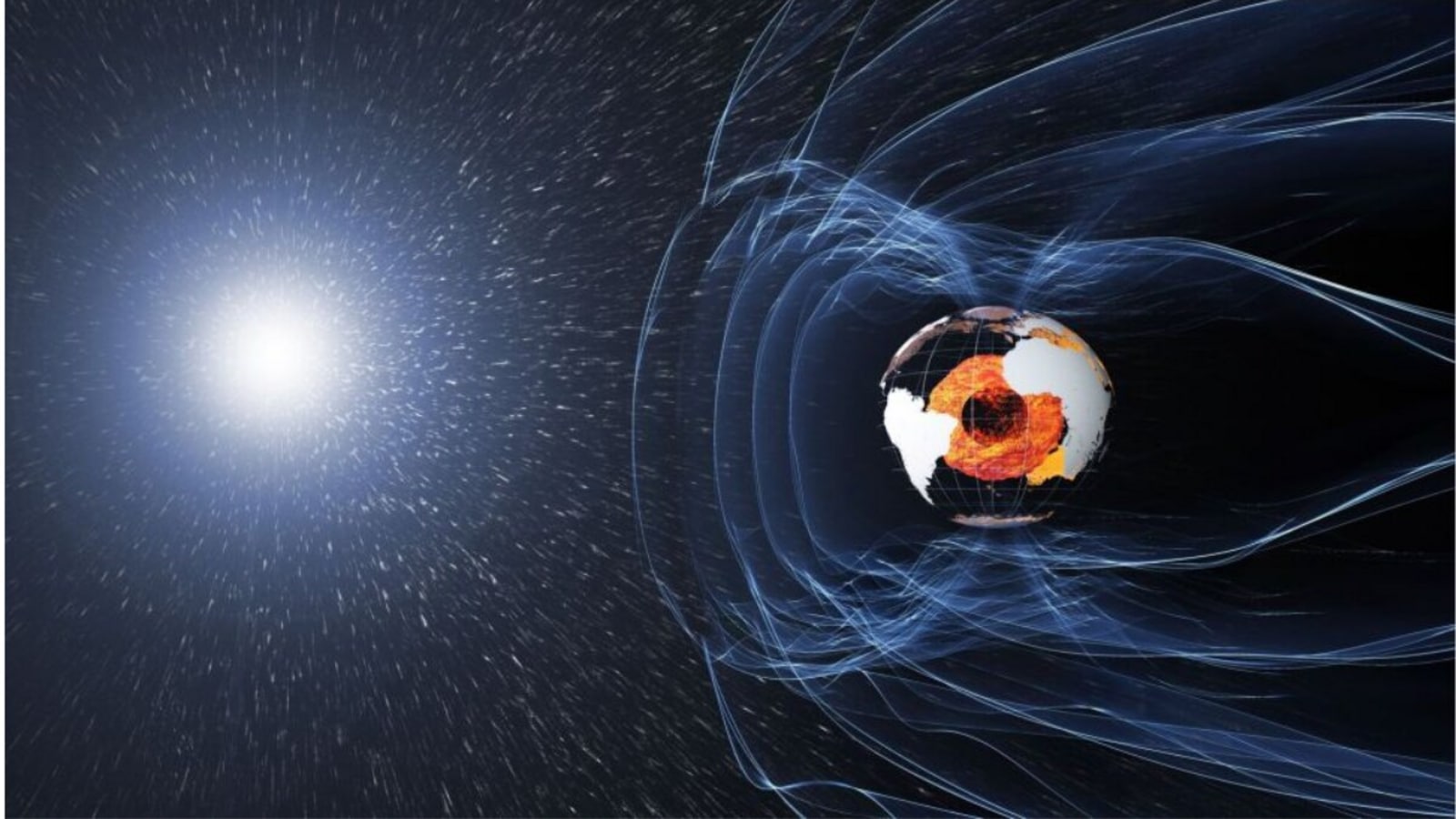
 View all Images
View all ImagesDo you want to know how Earth's magnetic field sounds after a solar storm strike? It is terrifying! It happened just a couple of days ago and you can listen to the scary sound today. The European Space Agency (ESA) has released an audio track of converted data which provides a disturbing sonic representation of the Earth's magnetic field. It can be known that the Earth's magnetic field is not something we can actually see in itself, or ever hear. However, scientists at the Technical University of Denmark have taken magnetic signals measured by ESA's Swarm satellite mission and converted them into sound after the solar storm strike – and the sound that it made is quite scary.
It can be known that the audio clip represents the magnetic field generated by Earth's core and its interaction with a solar storm. Speaking about the sound, musician and project supporter Klaus Nielsen, from the Technical University of Denmark, said “We gained access to a very interesting sound system consisting of over 30 loudspeakers dug into the ground at the Solbjerg Square in Copenhagen. We have set it up so that each speaker represents a different location on Earth and demonstrates how our magnetic field has fluctuated over the last 100000 years."
“Throughout this week, visitors will be able to hear the amazing rumble of our magnetic field – so if you are in Copenhagen come along and check out this unique opportunity. The rumbling of Earth's magnetic field is accompanied by a representation of a geomagnetic storm that resulted from a solar flare on 3 November 2011, and indeed it sounds pretty scary,” he said.
What is Earth's magnetic field?
According to a report by ESA, Earth's magnetic field is a complex and dynamic bubble that keeps living organisms safe from cosmic radiation and charged particles carried by powerful solar winds flowing from the Sun. When these particles collide with atoms and molecules – mainly oxygen and nitrogen – in the upper atmosphere, some of the energy in the collisions is transformed into the green-blue light that is typical of the aurora borealis, which can sometimes be seen from high-northern latitudes.
While the aurora borealis offers a visual display of charged particles from the Sun interacting with Earth's magnetic field, actually being able to hear the magnetic field generated by Earth or its interaction with solar winds is another matter, the report added.
#Halloween is only a week away. What's on your playlist? Maybe a bit of Thriller? Some Hocus Pocus? Or is it.. perhaps... the SCARY SOUND OF EARTH'S MAGNETIC FIELD? 🎃🐈⬛🪦🦇🧟♂️🧲🎶https://t.co/uogAmhpgLM
— ESA Swarm mission (@esa_swarm) October 24, 2022
How is magnetic field generated?
Earth's magnetic field is mainly generated by an ocean of superheated, swirling liquid iron that makes up the outer core around 3000 km beneath our feet. Acting as a spinning conductor in a bicycle dynamo, it creates electrical currents, which in turn, generate our continuously changing electromagnetic field, ESA informed.
Catch all the Latest Tech News, Mobile News, Laptop News, Gaming news, Wearables News , How To News, also keep up with us on Whatsapp channel,Twitter, Facebook, Google News, and Instagram. For our latest videos, subscribe to our YouTube channel.




























